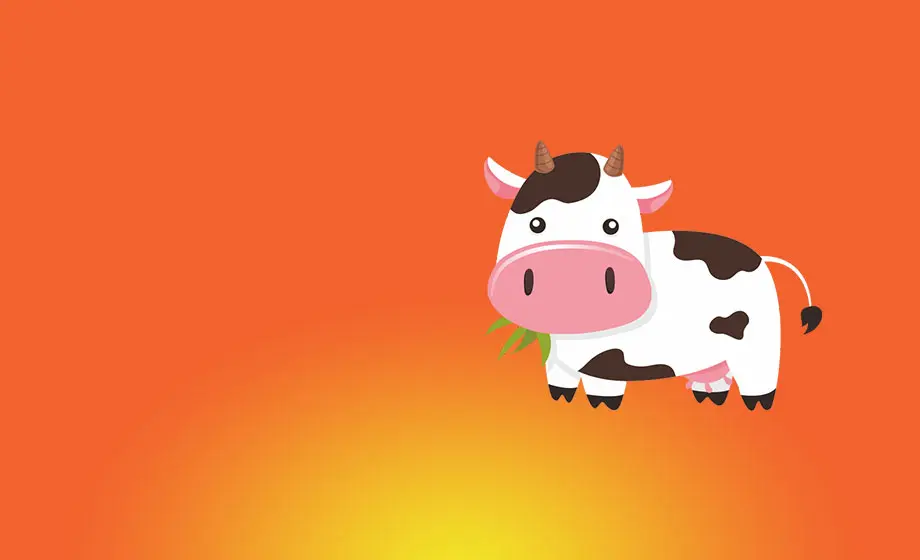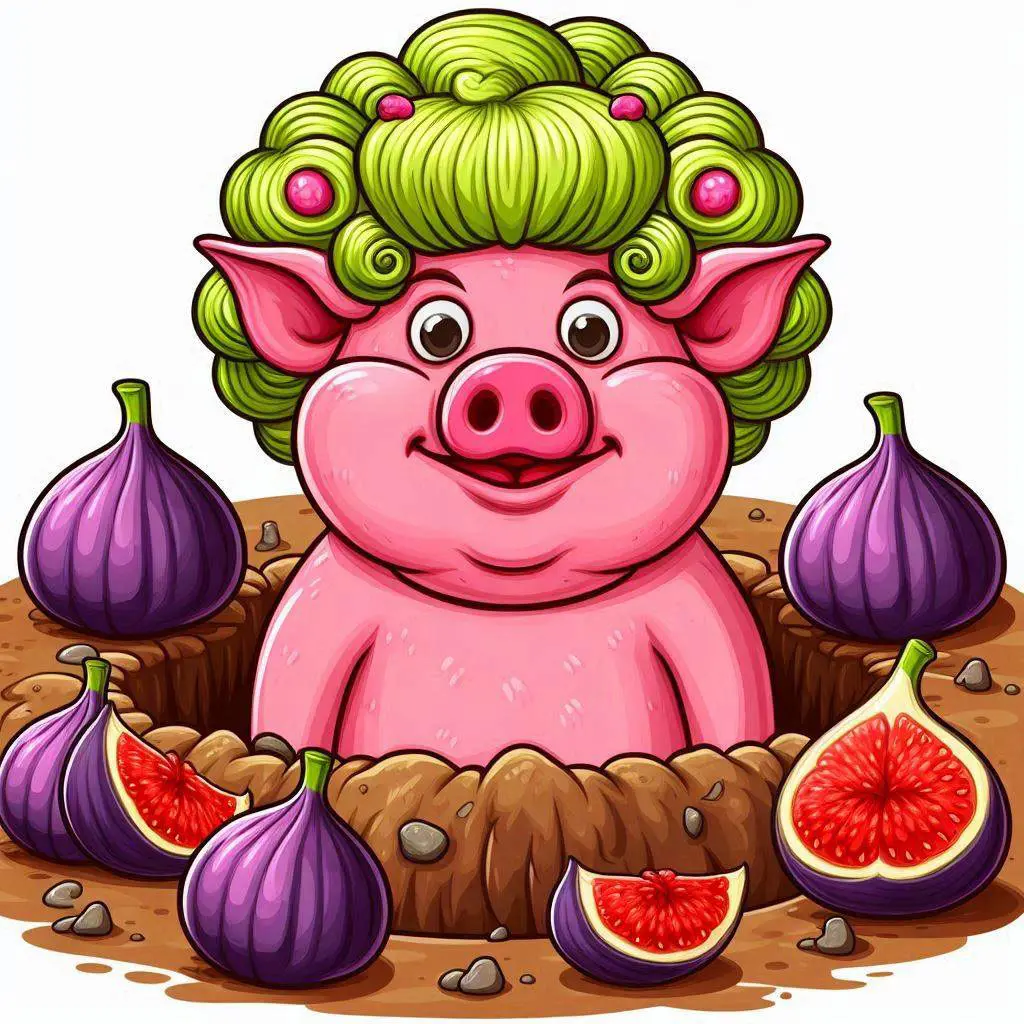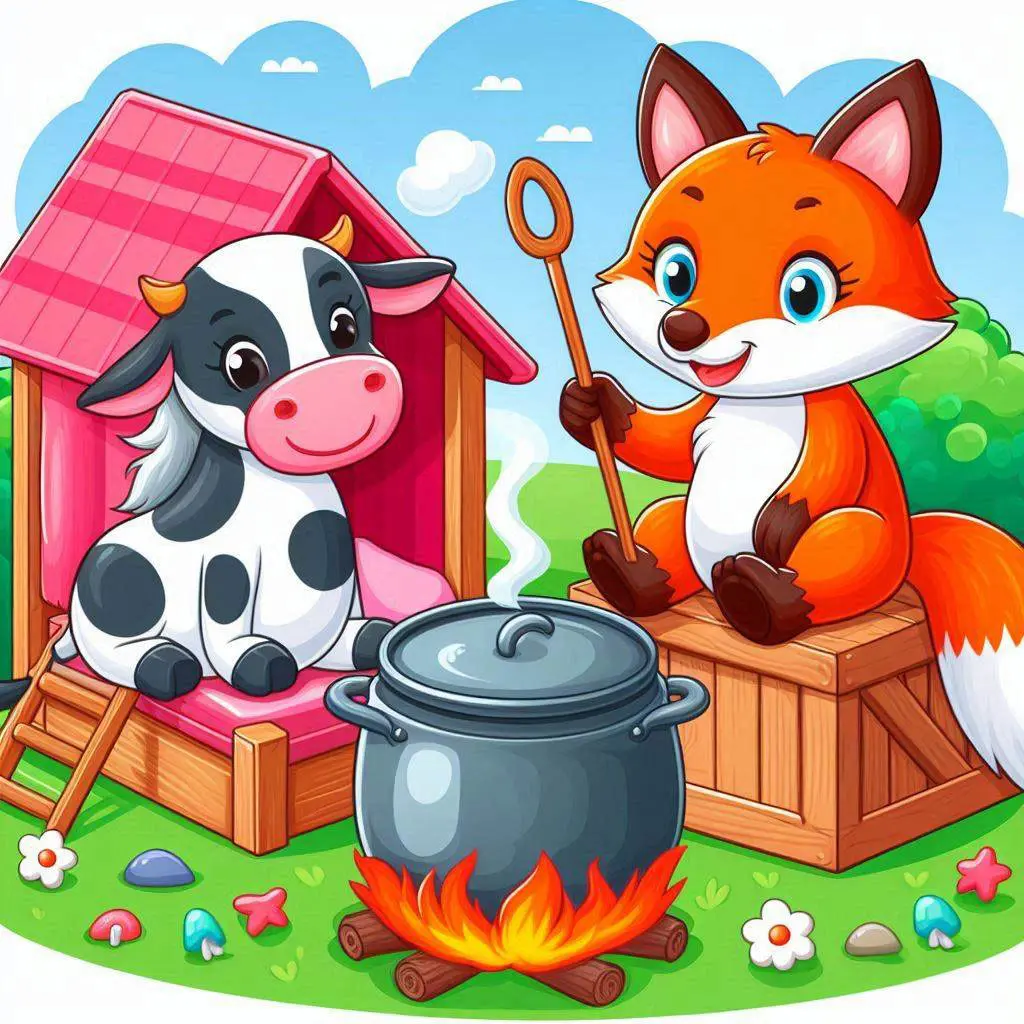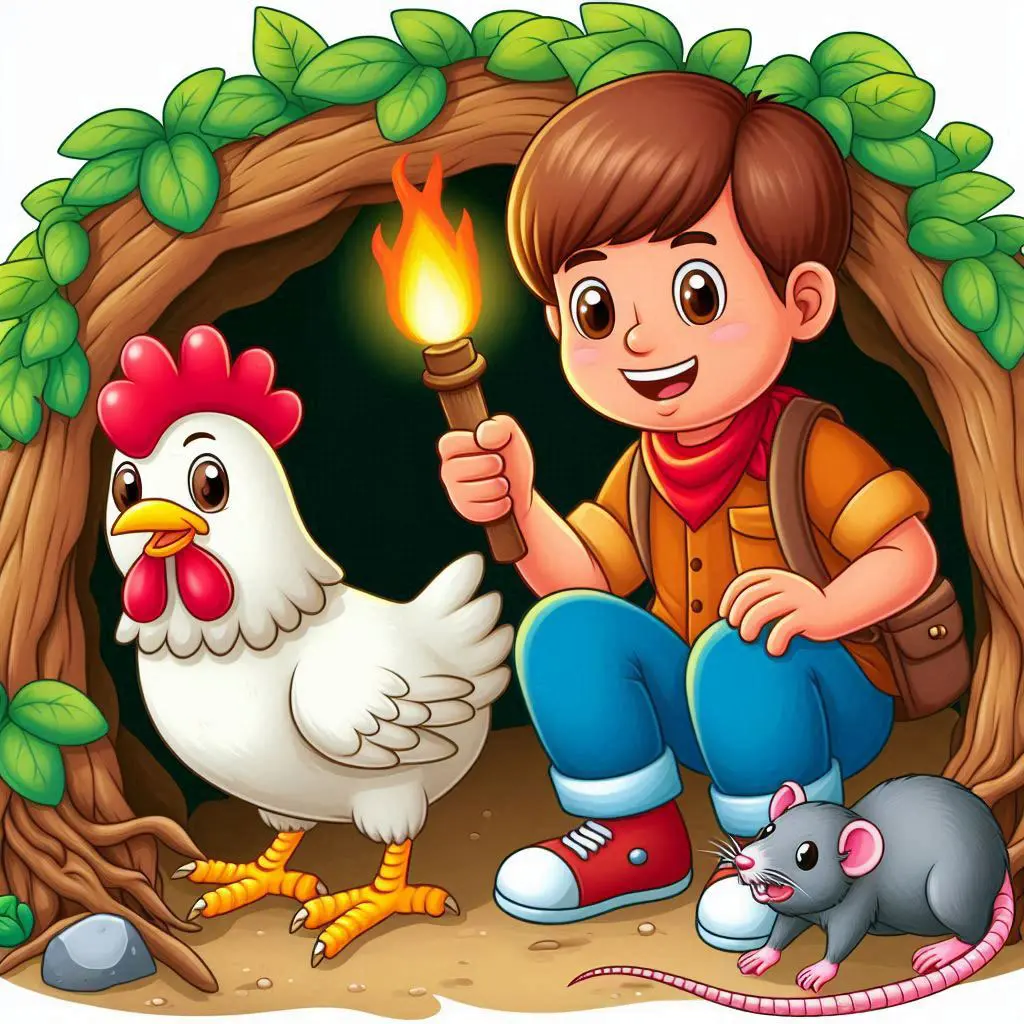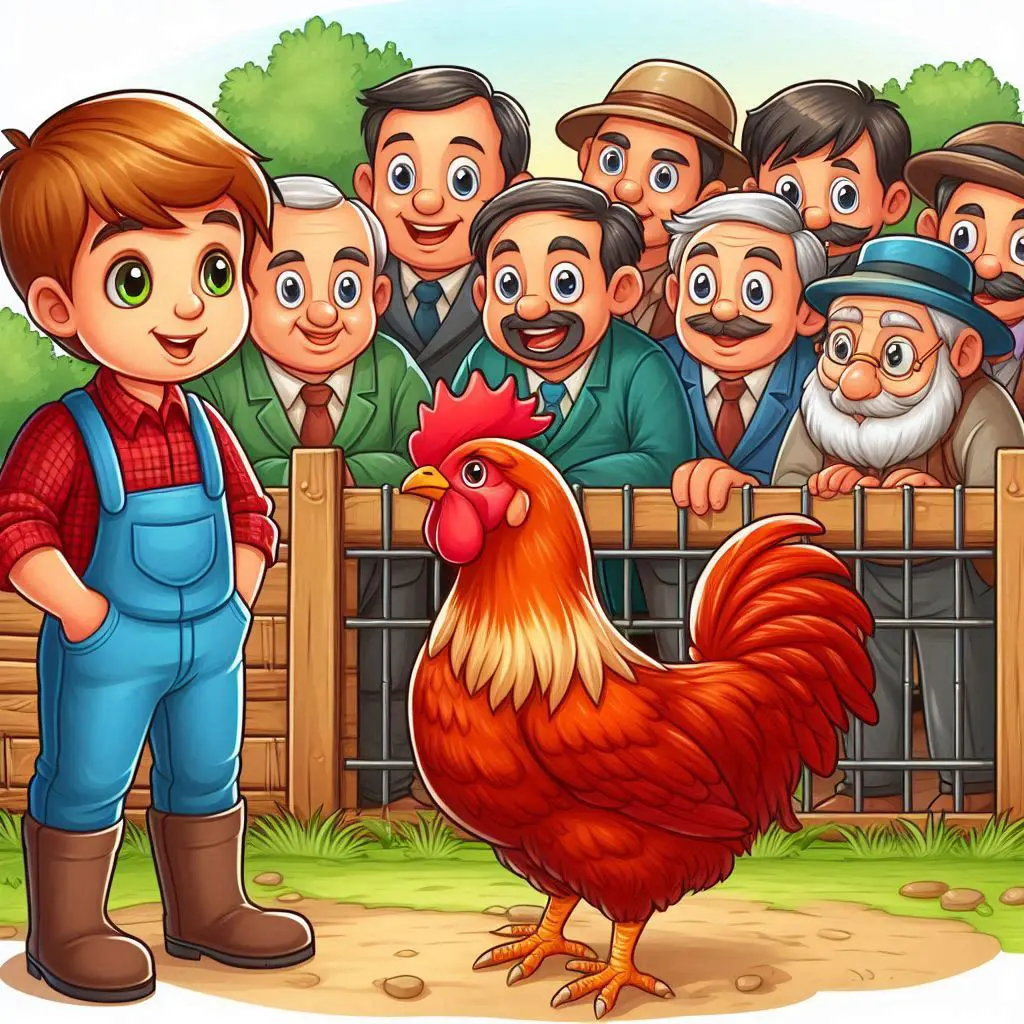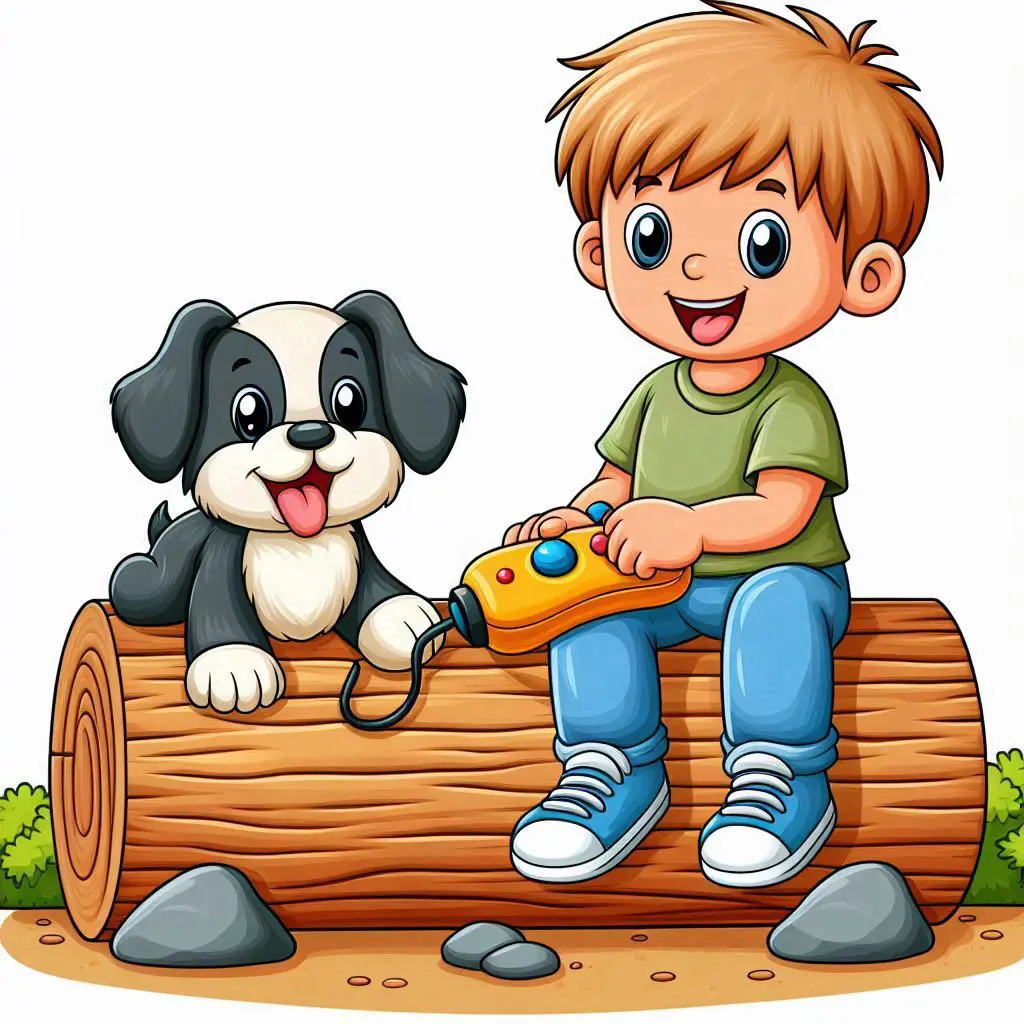Kibow Phonics Level 1: Learn to Read – Master Letter Sounds & Blending
Kibow Phonics Level 1 is the perfect educational app to begin early literacy. Young learners will master letter sounds and practice word blending with simple CVC words and foundational sight words. This essential reading program is structured to ensure every preschool and kindergarten student quickly gains the decoding skills needed to read independently and with confidence.
What’s Inside Level 1?
Alphabet Sounds
Every letter has a unique sound, and mastering these letter sounds is the crucial first step toward becoming a strong reader. Through fun phonics exercises and engaging reading activities, your child will easily learn the phonetic sound each letter makes. From “A” to “Z,” we make remembering these fundamental reading skills easy for preschool and kindergarten success.
Master CVC Words and Short Vowel Sounds.
Simple three-letter words are the ideal reading foundation for beginners. In this section of our phonics program, your child will practice reading words like “cat,” “sit,” and “pot.” These CVC words are easy to decode and pronounce, making them the perfect building blocks for reading mastery.
Master Short Vowel Sounds for Early Reading.
Vowels are essential letters found in nearly every word. In Phonics Level 1, we focus on short vowel sounds to ensure your child can recognize and use them correctly. They’ll practice decoding words like ‘bag’ and ‘mug,’ which builds a critical reading foundation for preschool and kindergarten success.
Short Vowel Words
Essential Basic Sight Words for Reading Fluency.
Some words are so common that instant recognition is key to reading smoothly. In Phonics Level 1, we introduce high-frequency sight words like “I,” “am,” and “go.” Learning sight words early improves your child’s reading speed and builds the confidence needed for early literacy success.
Short Vowel Sound Family Stories
Kibow Phonics Level 2: Master Blends & Digraphs for Reading Success
Welcome to Phonics Level 2: Master Blends and Digraphs!
In Phonics Level 2, your child dives deeper into decoding by learning blends and digraphs—special letter combinations that create new sounds. This reading program is designed for kindergarten and early reading success, giving your child the tools to tackle more complex words, boosting their reading skills, and building unstoppable reading confidence.
What’s Inside Level 2?
Master Consonant Blends for Decoding Success.
Consonant blends are two consonants side-by-side where both sounds are heard (e.g., bl, fl, sl). In Phonics Level 2, your child will practice reading words like “flag,” “clip,” and “black.” Mastering blends quickly expands their vocabulary, opening up a whole new range of words to read independently.
L Blend Words
R Blend Words
S Blend Words
Master Digraphs: New Phonics Sounds from Letter Pairs.
Digraphs are letter combinations (like sh, ch, and th) that create one unified sound. We help your child quickly master these new sounds to recognize words like “ship” and “chop.” Learning digraphs is essential for expanding vocabulary, boosting reading fluency, and achieving reading mastery
Master Long Vowels to Decode New Words Fast
This Phonics Level 2 segment progresses from simple sounds to long vowel sounds, which are critical for reading success. Your kindergarten or first grade student will easily distinguish between short and long vowel words, using examples like “name” and “ride.” This skill is essential for early literacy and tackling longer words confidently.
New Sight Words: Key to Reading Fluency in Level 2 Phonics
Sight words are a core part of reading fluency. We introduce a new set of high-frequency sight words (like “see,” “will,” and “now”) that appear frequently in early reading materials. Mastering sight words allows for instant recognition, dramatically boosting reading speed and comprehension for kindergarten students..
Kibow Phonics: Level 3 -Mastering Phonics with Advanced Blends and Word Families
Welcome to Level 3: Strengthening Skills and Building Independence in Reading!
In Level 3, we focus on refining reading abilities through advanced blends, word families, and vowel patterns. This level empowers your child with the skills to read more challenging words independently and improves their understanding of word structure.
What’s Inside Level 3?
Advanced Consonant Blends
Level 3 introduces more complex consonant blends like sm, sn, st, sp, and sw. Your child will learn to read words such as “small,” “snack,” “stop,” and “swim,” helping them decode words with ease and confidence.
Silent Letters
Some letters hide within words and stay silent! We explore common silent letters like “k” in “knee” and “w” in “wrist.” This helps children understand unique spelling patterns and recognize silent letters in words they encounter.
Vowel Teams and Diphthongs
In this level, we introduce vowel pairs (e.g., “ea” in “bead” or “oo” in “moon”) and diphthongs, where two vowels create a blended sound (like “ou” in “cloud” or “oi” in “boil”). Recognizing these patterns enhances reading fluency and allows your child to tackle longer words.
3rd Sight Words
With Level 3, your child will expand their sight word vocabulary, focusing on words that appear in many sentences. These include words like “thank,” “play,” and “they.” Mastering these high-frequency words builds your child’s reading speed and comprehension.
Kibow Phonics: Level 4 – Advanced Phonics for Reading Fluency and Comprehension
Welcome to Level 4: Achieving Reading Mastery!
In Level 4, we prepare your child to read fluently and understand more complex words and stories. This advanced level focuses on intricate word patterns, multisyllabic words, and reading comprehension skills to help your child become a confident, independent reader.
What’s Inside Advance Level ?
Complex Word Structures
We explore multisyllabic words and advanced phonics patterns, such as r-controlled vowels (like “ar,” “er,” “ir,” “or,” and “ur”) and vowel combinations with varied sounds (e.g., “ough” in “though” and “bough”). These elements teach your child how to break down and read longer, more complex words.
Word Patterns and Exceptions
English is full of unique spelling rules and exceptions! In this section, we cover common irregular patterns and tricky spelling rules, helping your child learn to recognize and decode words like “caught,” “thought,” and “through.” Understanding these patterns builds both reading and spelling confidence.
Advanced Sight Words and Vocabulary Building
As your child progresses, a more challenging set of sight words is introduced, including words they’ll frequently encounter in longer texts. By recognizing these words on sight, they can read with greater speed and accuracy, focusing more on understanding rather than decoding each word.
Reading Comprehension
Beyond reading words, Level 4 emphasizes comprehension. Through age-appropriate stories and passages, your child will learn to understand, retell, and discuss what they’ve read. This skill is crucial for building reading confidence and engaging in deeper learning as they progress.
Engaging Activities for Fluency and Comprehension
We offer interactive reading exercises, comprehension games, and story-building activities to make learning advanced phonics engaging. These practices make reading enjoyable while strengthening your child’s understanding and fluency.
Online store of household appliances and electronics
Then the question arises: where’s the content? Not there yet? That’s not so bad, there’s dummy copy to the rescue. But worse, what if the fish doesn’t fit in the can, the foot’s to big for the boot? Or to small? To short sentences, to many headings, images too large for the proposed design, or too small, or they fit in but it looks iffy for reasons.
A client that's unhappy for a reason is a problem, a client that's unhappy though he or her can't quite put a finger on it is worse. Chances are there wasn't collaboration, communication, and checkpoints, there wasn't a process agreed upon or specified with the granularity required. It's content strategy gone awry right from the start. If that's what you think how bout the other way around? How can you evaluate content without design? No typography, no colors, no layout, no styles, all those things that convey the important signals that go beyond the mere textual, hierarchies of information, weight, emphasis, oblique stresses, priorities, all those subtle cues that also have visual and emotional appeal to the reader.

